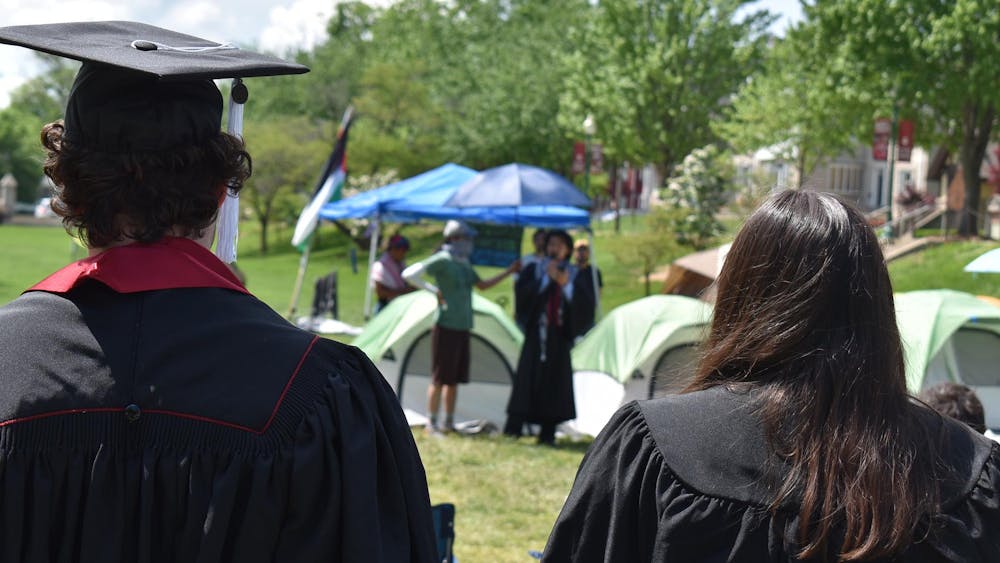The magazine showcases art of all forms. Poetry, short stories, interviews, comic strips and illustrations with Hispanic and Latino themes fill the pages of the ?publication.
Founded and edited by three IU graduate students — Eric Carbajal, Mark Fitzsimmons and Guillermo López — the magazine is a semester-long effort of brainstorming ideas, reviewing submissions and finalizing designs to release to the public.
Because the three students shared literary interests that spanned beyond academic research and teaching, they decided to find a way to deliver them to a larger audience.
“A lot of our colleagues are interested in writing and visual arts, and we wanted to give them a chance to express them,” Carbajal said.
Although Hiedra Magazine is not officially affiliated with IU, it does collaborate with and accept funding from departments and maintains an active relationship with the ?University.
A wide variety of contributors — undergraduate students, graduate students and professionals alike — answer the call for submissions, sending in their original work for the magazine’s editorial board to review. The process of editing, proofreading and designing typically takes six months.
“We have to determine a theme for each issue, and we rely on contributors to help us send a unified — but not exclusive — message,” Fitzsimmons said.
The theme for the next issue, which will likely be released sometime in April, is violence.
Readers can expect a number of literary and artistic works that delve into the topic from a Latino perspective, linking the culture and practices of Bloomington to other parts of the world, Fitzsimmons said.
“Lately we have really become interested in using English-to-Spanish translation as an art form. We’ve also been looking at and accepting experimental art forms,” Fitzsimmons said.
Through artistic experimentation and translations, magazine submissions can explore how languages mix naturally and coexist.
Fitzsimmons said language is a force that can both cause people to live within borders and ?break them.
Even though they accept professional work, the editors at Hiedra Magazine say they want to give every artist a chance to come up with their original work and to publish writers who may not have the ability to display their creations ?otherwise.
The staff at Hiedra Magazine said they feel they have achieved many of the goals they set out to accomplish, but there is more room to grow in the near future. The publication is looking for more undergraduates to send in creative submissions, whether they are in Spanish or English.
“We don’t want (Hiedra Magazine) to serve a closed circle and become too academic,” Fitzsimmons said. “We want our work to be accessible for a broad base.”
The next challenge, Carbajal said, is to distribute the publication more nationally and worldwide, which largely depends on funding and support.
They also want to include more thought-provoking and unorthodox pieces in their upcoming issues to inform and satisfy an audience seeking knowledge and creative inspiration.





